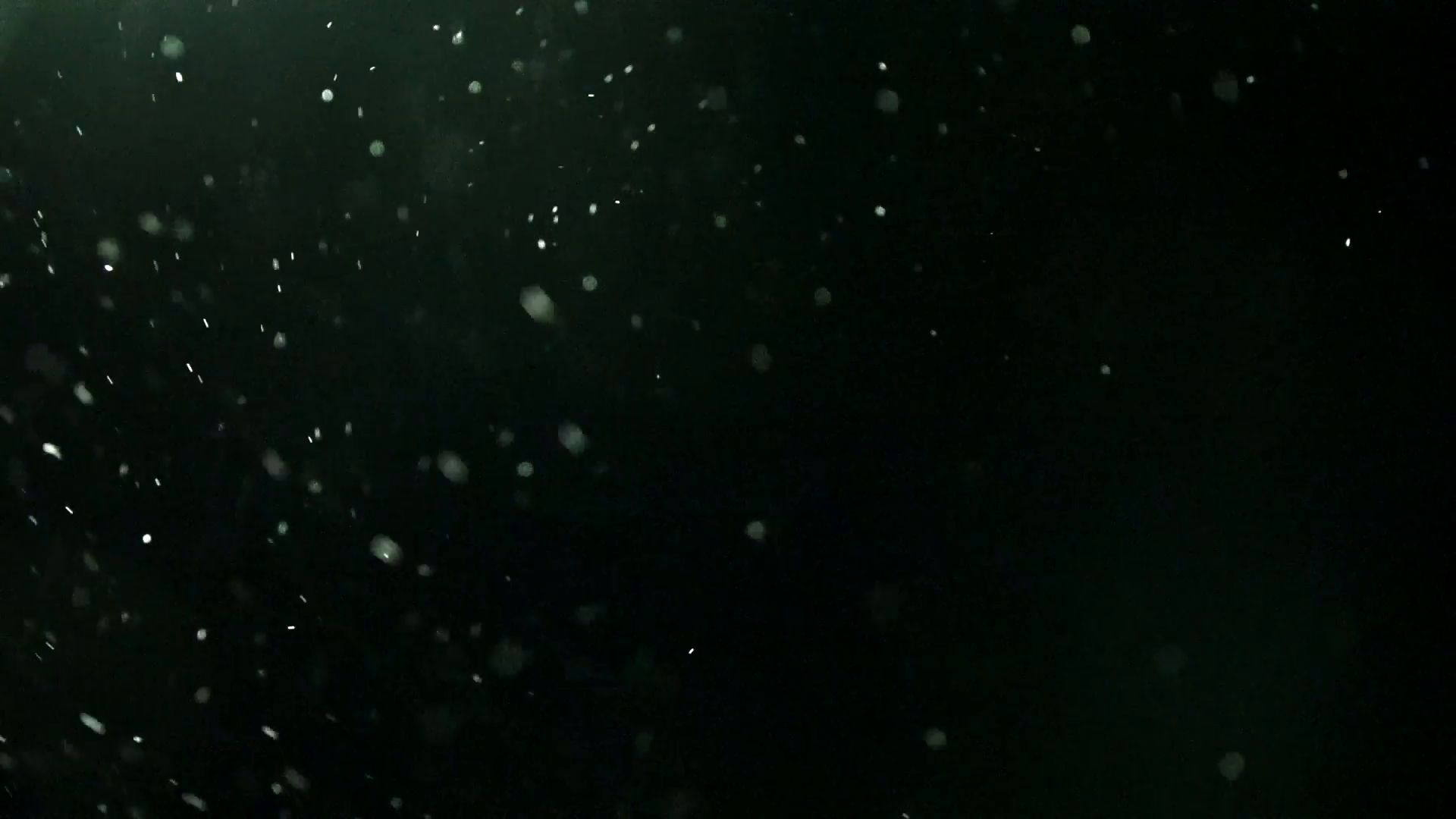
To reduce mold growth in your home, consider these tips: Damp areas - such as bathrooms, kitchens and basements - are most vulnerable. Tight window and door seals can trap moisture indoors and prevent proper ventilation, creating ideal conditions for mold growth. Living in a house with poor ventilation.

At some point, nearly every building has some kind of excessive moisture, which can encourage mold growth. Examples include leaky pipes, water seepage during rainstorms and flood damage. Working or living in a building that's been exposed to excess moisture.Exposure to high levels of household mold can trigger mold allergy symptoms. Mold can grow virtually anywhere if the conditions are right - in basements, behind walls in framing, on soap-coated grout and other damp surfaces, in carpet pads, and in the carpet itself. Having indoor humidity higher than 50% can increase mold in your home. Occupations where mold exposure can be high include farming, dairy work, logging, baking, millwork, carpentry, greenhouse work, winemaking and furniture repair. Working in an occupation that exposes you to mold.If allergies and asthma run in your family, you're more likely to develop a mold allergy. This would allow us to constrain the stellar wind properties of main-sequence stars, as these properties are otherwise difficult to measure, since, for example, there are no successful measures around A stars at present.A number of factors can make you more likely to develop a mold allergy or worsen your mold allergy symptoms, including: The detection of these gas winds is possible with ALMA (CO and CO + could serve as good wind tracers). Future observing predictions in this wind region should account for the stellar wind in the attempt to detect the gas. Gas that is observed to be outflowing at high velocity in the young system NO Lup could be an example of such belt winds. Systems containing low gas masses, such as Fomalhaut or TWA 7, or more generally, debris disks with fractional luminosities of f ≲ 10 −5( L ⋆/ L ⊙)−0.37 or stellar luminosity ≳20 L⊙ (A0V or earlier) are more likely to create gas outflows (or belt winds) than gas disks. We find that: (1) belts with a radial width, Δ R, with gas densities <7 (ΔR/50 au) −1 cm −3, would create a wind rather than a disk, which would explain the recent outflowing gas detection in NO Lup (2) the properties of this belt wind can be used to measure stellar wind properties such as their densities and velocities (3) very early-type stars can also form gas winds due to the star’s radiation pressure, instead of a stellar wind (4) debris disks with low fractional luminosities, f, are more likely to create gas winds, which could be observed with current facilities.Ĭonclusions. The crucial criterion here is the gas density for which gas particles are no longer protected from the impact of stellar wind protons at high velocities and on radial trajectories. We developed an analytical model for A to M stars that can follow the evolution of gas outflows and target the moment of transition between a disk or a wind in order to make a comparison with current observations. In this paper, we aim to explore the timeframe in which a gas disk transitions to such a gas wind and whether this information can be used to determine the stellar wind properties around main sequence stars, which are otherwise difficult to obtain. Therefore, the gas has so far been assumed to make up the circumstellar disk orbiting the star however, at low densities, this may not be an adequate assumption, as the gas could be blown out by the stellar wind instead.Īims. Gas in these mature disks is thought to be released from planetesimals and has been modeled using a viscous disk approach where the gas expands inwards and outwards from the belt where it is produced. Gas has been successfully detected in many extrasolar systems around mature stars aged between 10 Myr and ∼1 Gyr that include planetesimal belts.

School of Physics, Trinity College Dublin, The University of Dublin,Ĭontext.


Paris Diderot,Į-mail: of Astronomy, University of Cambridge, LESIA, Observatoire de Paris, Université PSL, CNRS, Sorbonne Université, Univ. Astronomical objects: linking to databases.Including author names using non-Roman alphabets.Suggested resources for more tips on language editing in the sciences Punctuation and style concerns regarding equations, figures, tables, and footnotes


 0 kommentar(er)
0 kommentar(er)
